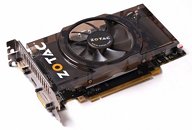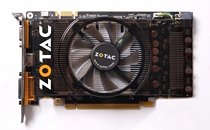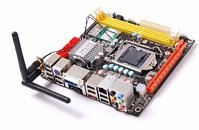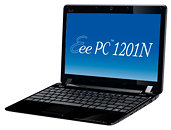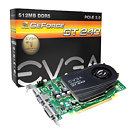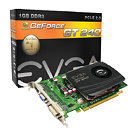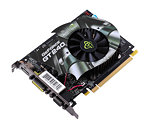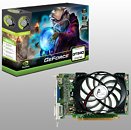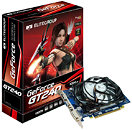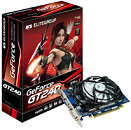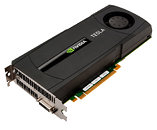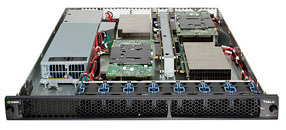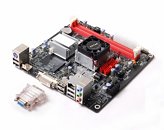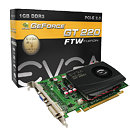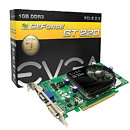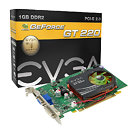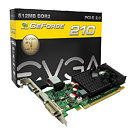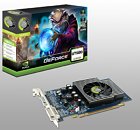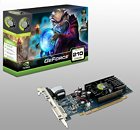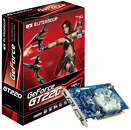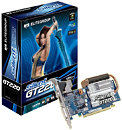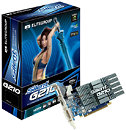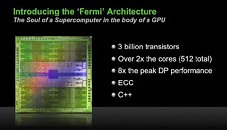
ZOTAC Expands Energy-Efficient Eco Series
"We've had great success with our existing ZOTAC GeForce Eco series graphics cards but many users wanted a higher end model, and thus we engineered the ZOTAC GeForce GTS 250 Eco series," said Carsten Berger, marketing director, ZOTAC International. "Using our experience from the existing ZOTAC GeForce Eco series, we were able to optimize and reduce energy consumption of the award-winning GeForce GTS 250 architecture by a noticeable amount."
Powered by NVIDIA Unified Architecture with 128 unified shaders, the ZOTAC GeForce GTS 250 Eco series deliver compatibility with Microsoft DirectX 10, OpenGL 3.2, NVIDIA PhysX and CUDA enabled games and applications. High-performance DDR3 memory connected via 256-bit memory interface feeds the high-performance graphics processor with maximum energy-efficiency for a visual computing experience that's loaded with stunning realism and performance while maintaining optimal energy-efficiency.
Powered by NVIDIA Unified Architecture with 128 unified shaders, the ZOTAC GeForce GTS 250 Eco series deliver compatibility with Microsoft DirectX 10, OpenGL 3.2, NVIDIA PhysX and CUDA enabled games and applications. High-performance DDR3 memory connected via 256-bit memory interface feeds the high-performance graphics processor with maximum energy-efficiency for a visual computing experience that's loaded with stunning realism and performance while maintaining optimal energy-efficiency.
